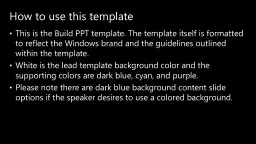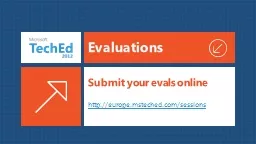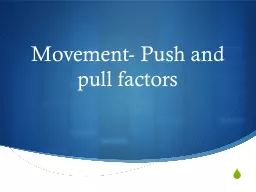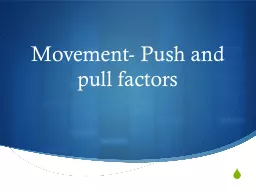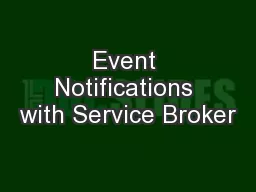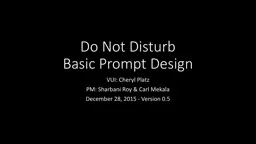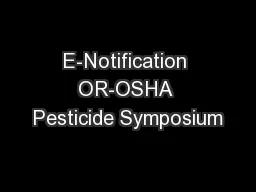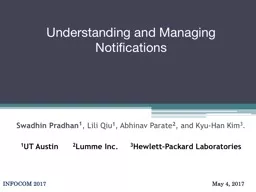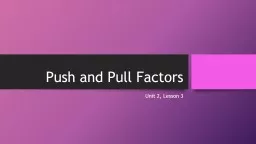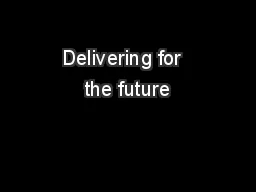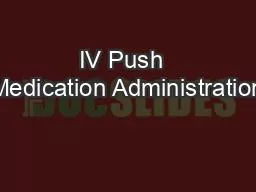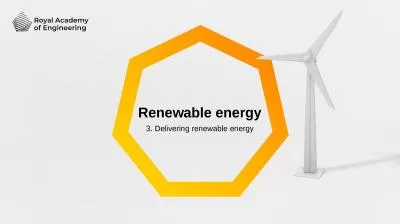PPT-Delivering push notifications to
Author : tawny-fly | Published Date : 2018-12-05
millions of mobile devices Elio Damaggio Program Manager II 3515 Notification Hubs makes it easy to push multiplatform personalized notifications both to single
Presentation Embed Code
Download Presentation
Download Presentation The PPT/PDF document "Delivering push notifications to" is the property of its rightful owner. Permission is granted to download and print the materials on this website for personal, non-commercial use only, and to display it on your personal computer provided you do not modify the materials and that you retain all copyright notices contained in the materials. By downloading content from our website, you accept the terms of this agreement.
Delivering push notifications to: Transcript
Download Rules Of Document
"Delivering push notifications to"The content belongs to its owner. You may download and print it for personal use, without modification, and keep all copyright notices. By downloading, you agree to these terms.
Related Documents

